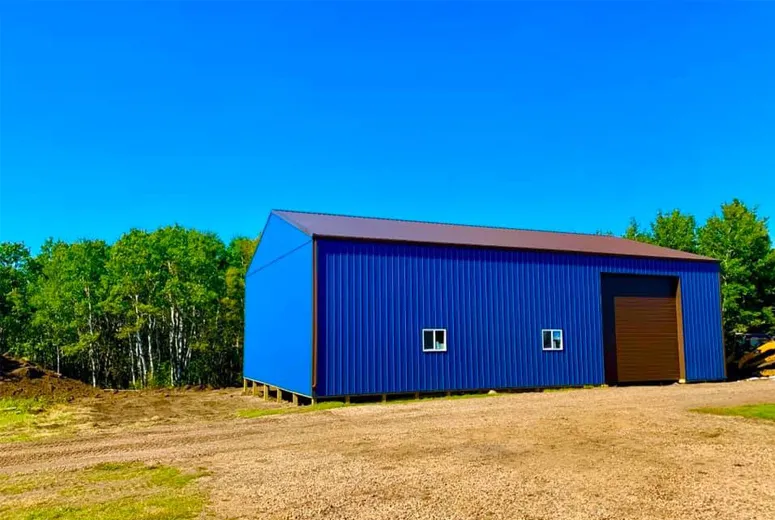- Afrikaans
- Albanian
- Amharic
- Arabic
- Armenian
- Azerbaijani
- Basque
- Belarusian
- Bengali
- Bosnian
- Bulgarian
- Catalan
- Cebuano
- Corsican
- Croatian
- Czech
- Danish
- Dutch
- English
- Esperanto
- Estonian
- Finnish
- French
- Frisian
- Galician
- Georgian
- German
- Greek
- Gujarati
- Haitian Creole
- hausa
- hawaiian
- Hebrew
- Hindi
- Miao
- Hungarian
- Icelandic
- igbo
- Indonesian
- irish
- Italian
- Japanese
- Javanese
- Kannada
- kazakh
- Khmer
- Rwandese
- Korean
- Kurdish
- Kyrgyz
- Lao
- Latin
- Latvian
- Lithuanian
- Luxembourgish
- Macedonian
- Malgashi
- Malay
- Malayalam
- Maltese
- Maori
- Marathi
- Mongolian
- Myanmar
- Nepali
- Norwegian
- Norwegian
- Occitan
- Pashto
- Persian
- Polish
- Portuguese
- Punjabi
- Romanian
- Russian
- Samoan
- Scottish Gaelic
- Serbian
- Sesotho
- Shona
- Sindhi
- Sinhala
- Slovak
- Slovenian
- Somali
- Spanish
- Sundanese
- Swahili
- Swedish
- Tagalog
- Tajik
- Tamil
- Tatar
- Telugu
- Thai
- Turkish
- Turkmen
- Ukrainian
- Urdu
- Uighur
- Uzbek
- Vietnamese
- Welsh
- Bantu
- Yiddish
- Yoruba
- Zulu
Oct . 12, 2024 09:55 Back to list
Understanding Agricultural Shed Costs A Comprehensive Overview
Agricultural sheds are vital structures on farms, serving various purposes from storing equipment to housing livestock. When planning to build or purchase an agricultural shed, one of the most significant factors to consider is the cost. Understanding the components that influence agricultural shed costs can help farmers make informed decisions that align with their budgets and operational needs.
Factors Influencing Agricultural Shed Costs
1. Size and Design The size of the shed is one of the primary determinants of its cost. Larger sheds require more materials and labor, leading to higher expenses. Additionally, the design also plays a crucial role. Simple, utilitarian structures are generally less expensive than specialized buildings designed for specific purposes, such as heated storage for sensitive equipment or climate-controlled environments for livestock.
2. Materials The choice of materials significantly impacts the overall cost. Common materials include wood, steel, and concrete. Wooden sheds may be cheaper initially, but they often require more maintenance. Steel structures, while more expensive upfront, offer greater durability and lower maintenance costs over time. The choice of roofing and insulation materials also contributes to the final cost.
3. Location and Site Preparation The geographical location of the farm can affect costs due to differences in labor rates and material availability. Additionally, site preparation is a crucial step that can involve clearing land, leveling the ground, and installing utilities. These preparatory actions can add to the overall expense, especially in areas that require extensive modification.
agricultural shed cost

4. Labor Costs Labor costs can vary significantly by region and project complexity. Hiring skilled labor will increase costs but may ensure a higher-quality build. Farmers can also consider DIY options to reduce labor expenses, but this requires time and expertise.
5. Permitting and Regulations Depending on the region, obtaining the necessary permits can involve additional costs and time. Compliance with local zoning laws and building codes is essential to avoid fines and ensure safety.
6. Additional Features Features such as electricity, plumbing, ventilation, and insulation can elevate costs. While these features enhance functionality and comfort, farmers should weigh their necessity against budget constraints.
Conclusion
In conclusion, the cost of building or purchasing an agricultural shed can vary widely depending on multiple factors, including size, materials, labor, and site conditions. Farmers must assess their specific needs, budget, and long-term goals to make the best choice. By understanding the elements that contribute to agricultural shed costs, farmers can invest wisely in their operations, ensuring a structure that supports productivity and efficiency for years to come. As agriculture continues to evolve, the right shed can be a valuable asset in modern farming practices.
-
How Do Prefabricated Steel Structures Transform Modern Construction?
NewsJul.14,2025
-
How Do Prefabricated Metal Buildings Redefine Modern Construction?
NewsJul.14,2025
-
How Do Prefab Insulated Metal Buildings and Steel Structures Revolutionize Modern Construction?
NewsJul.14,2025
-
How Do Pre - Engineered Steel Structures Redefine Modern Construction?
NewsJul.14,2025
-
Advancing Modular Construction with Prefabricated Metal Structures
NewsJul.14,2025
-
Advancing Industrial Infrastructure with Prefabricated Steel Solutions
NewsJul.14,2025
Products categories
Our Latest News
We have a professional design team and an excellent production and construction team.












